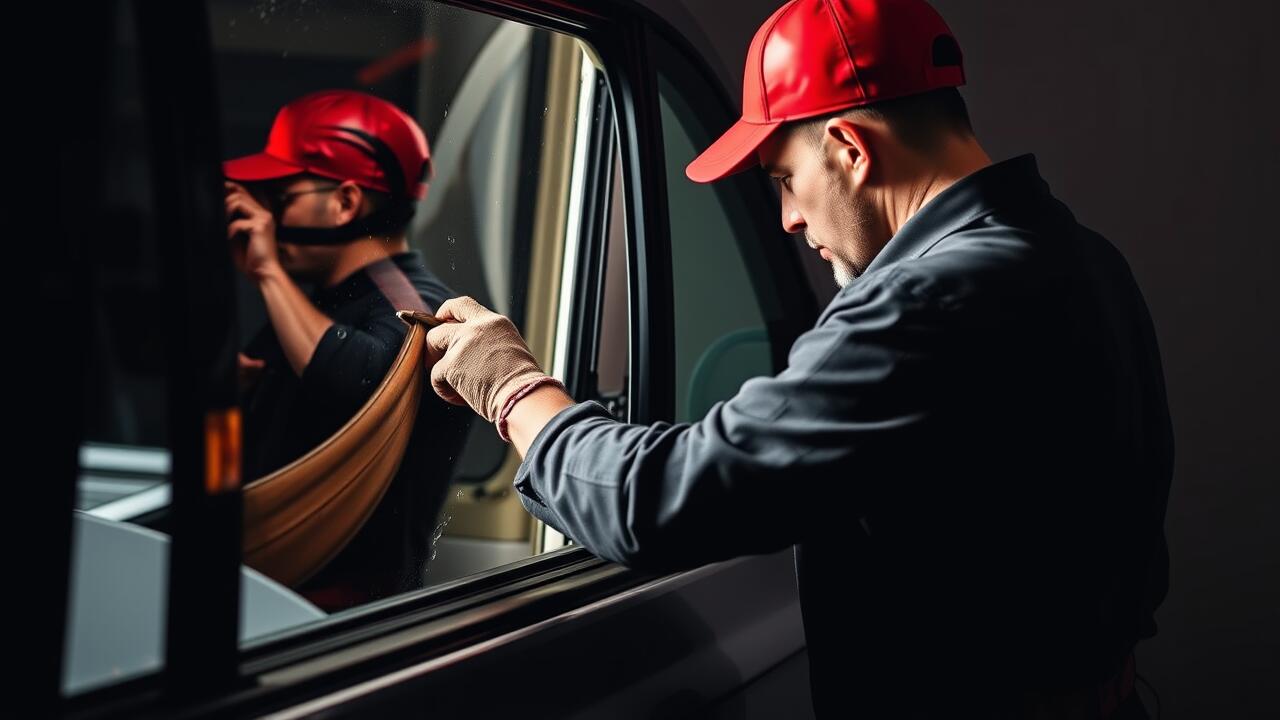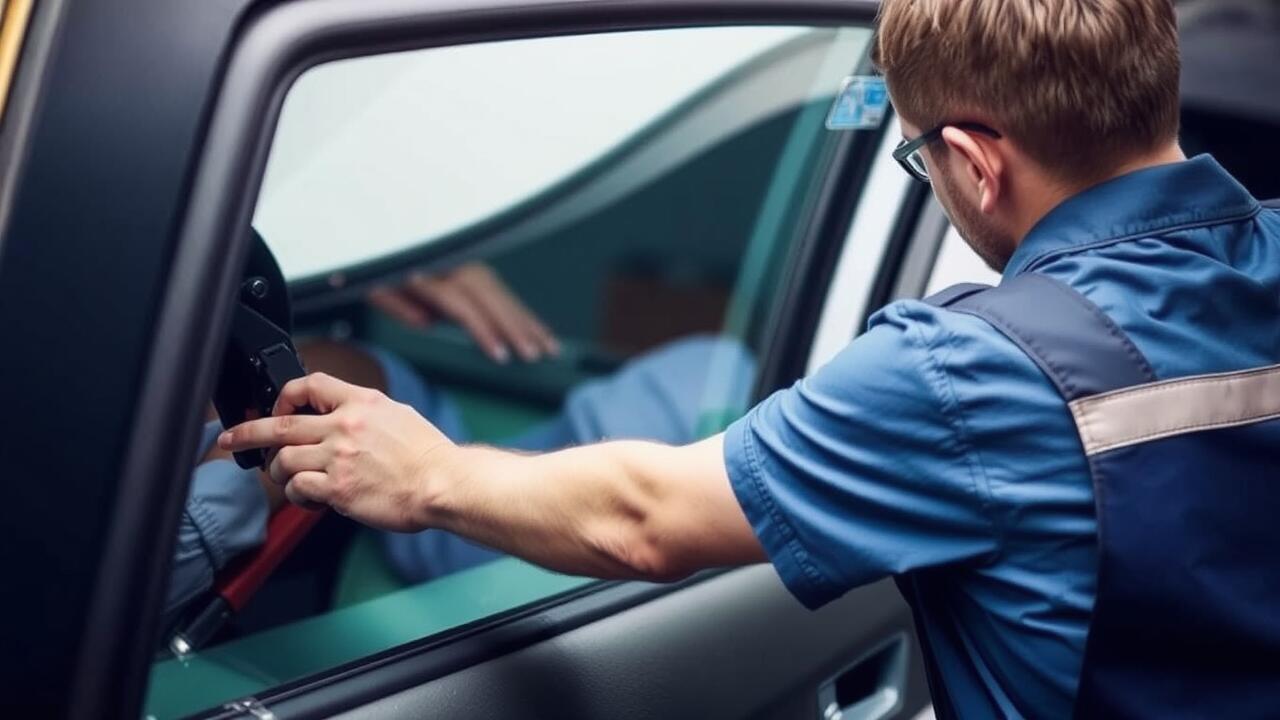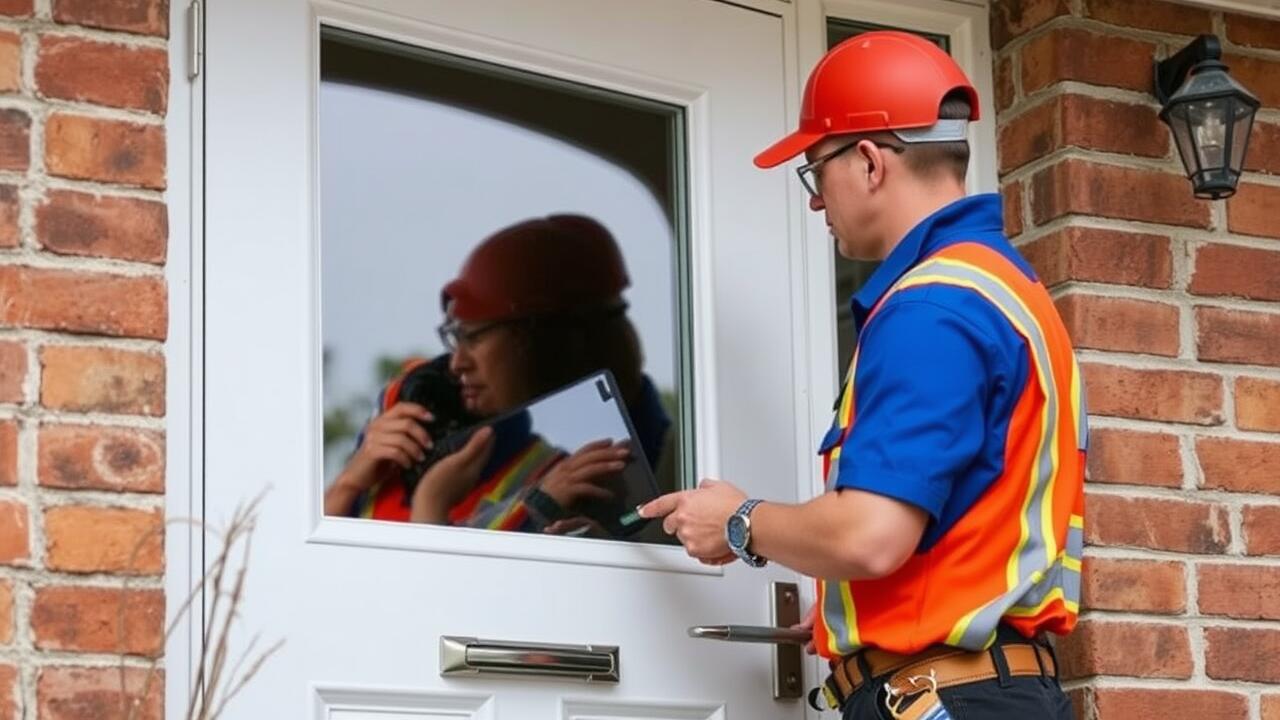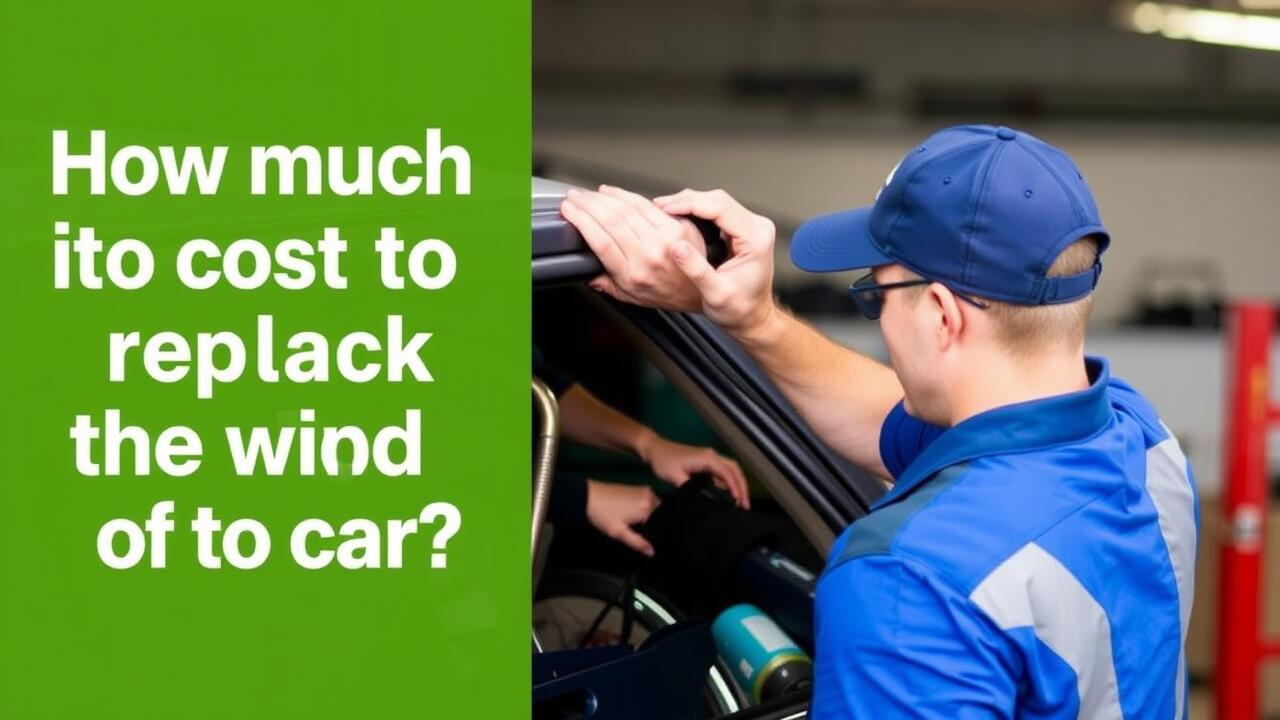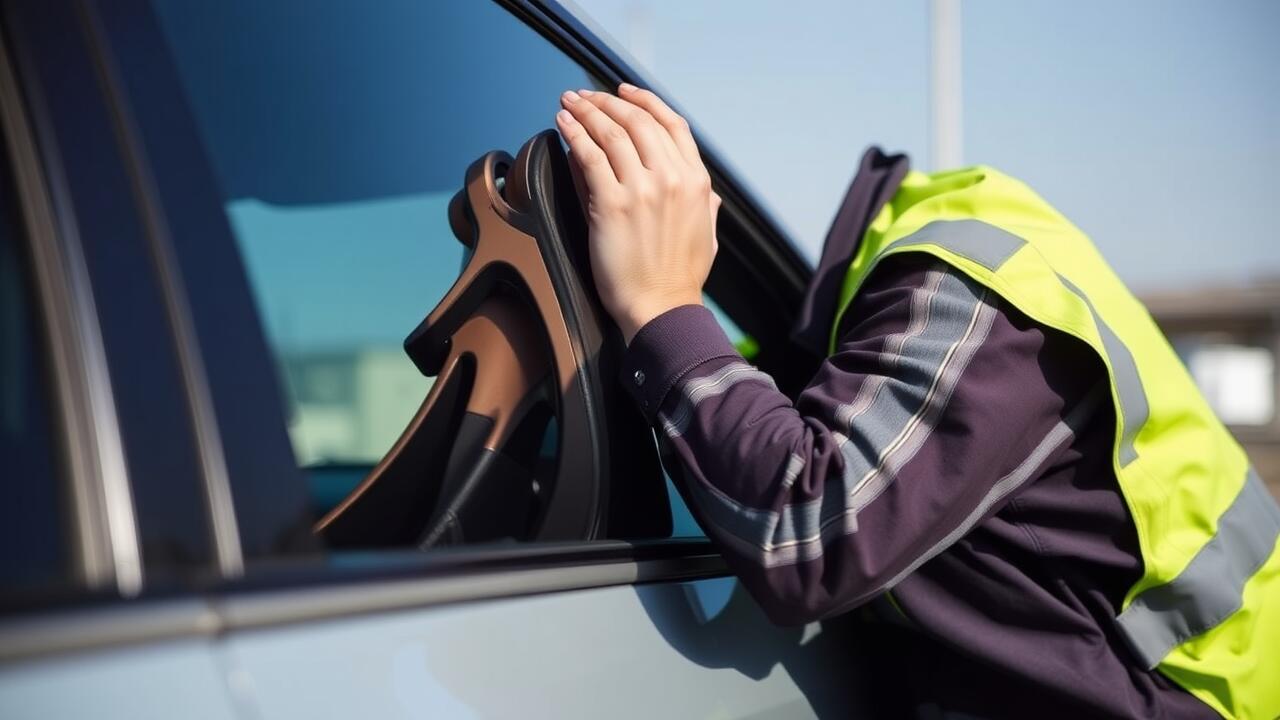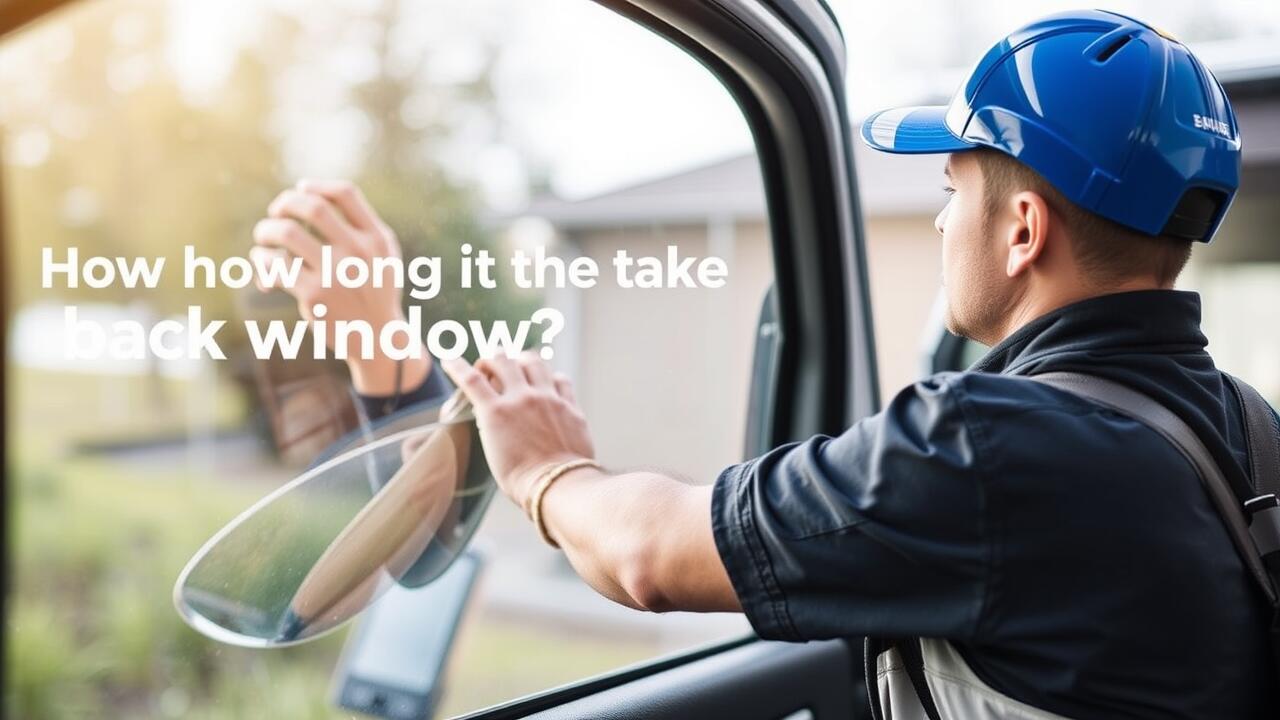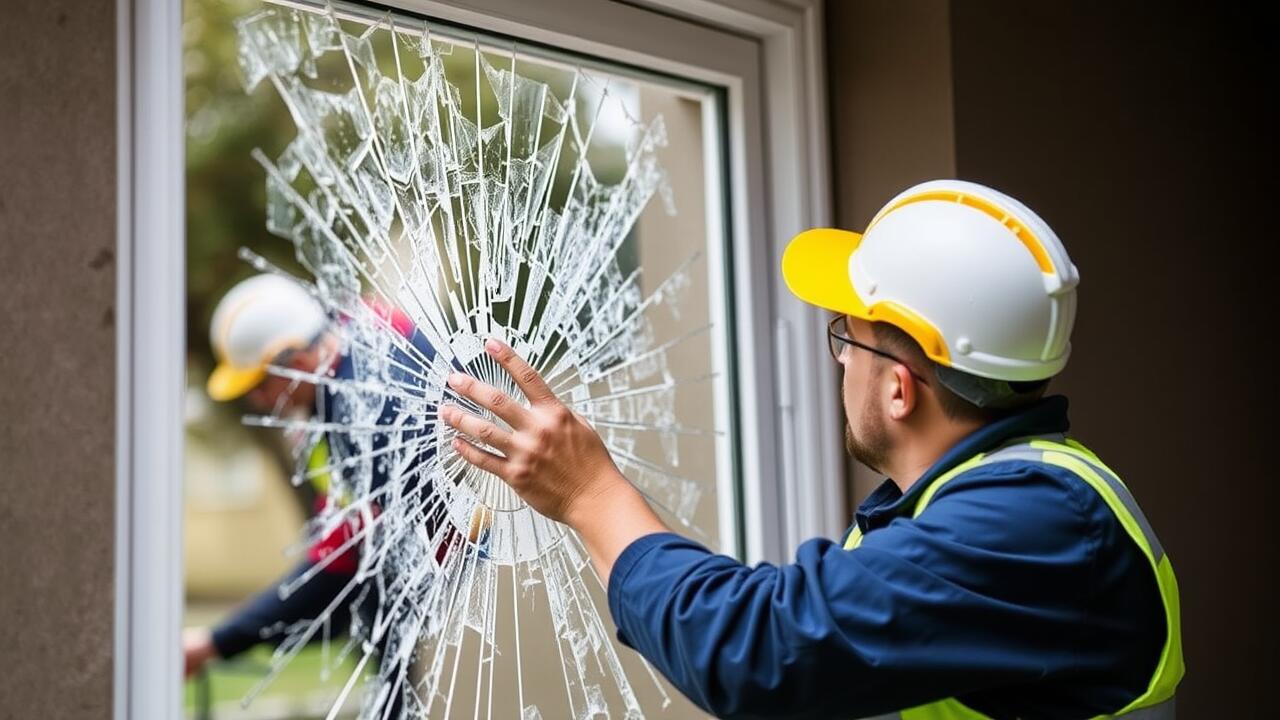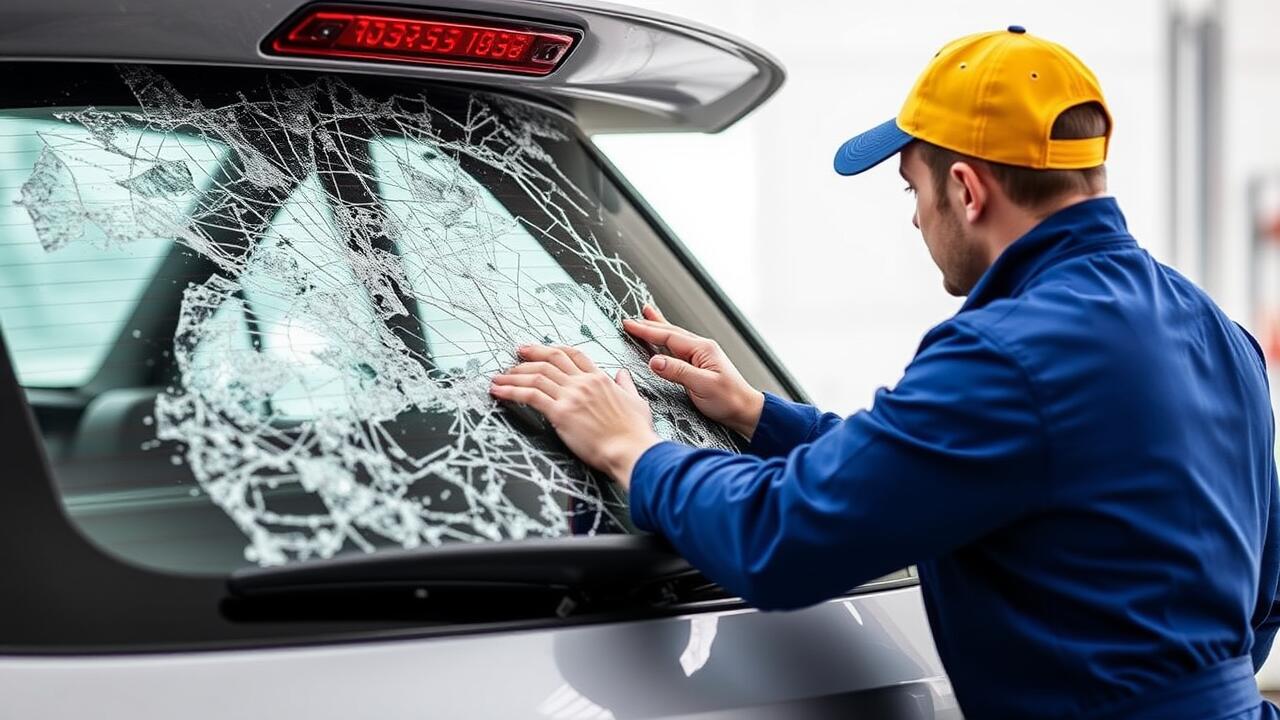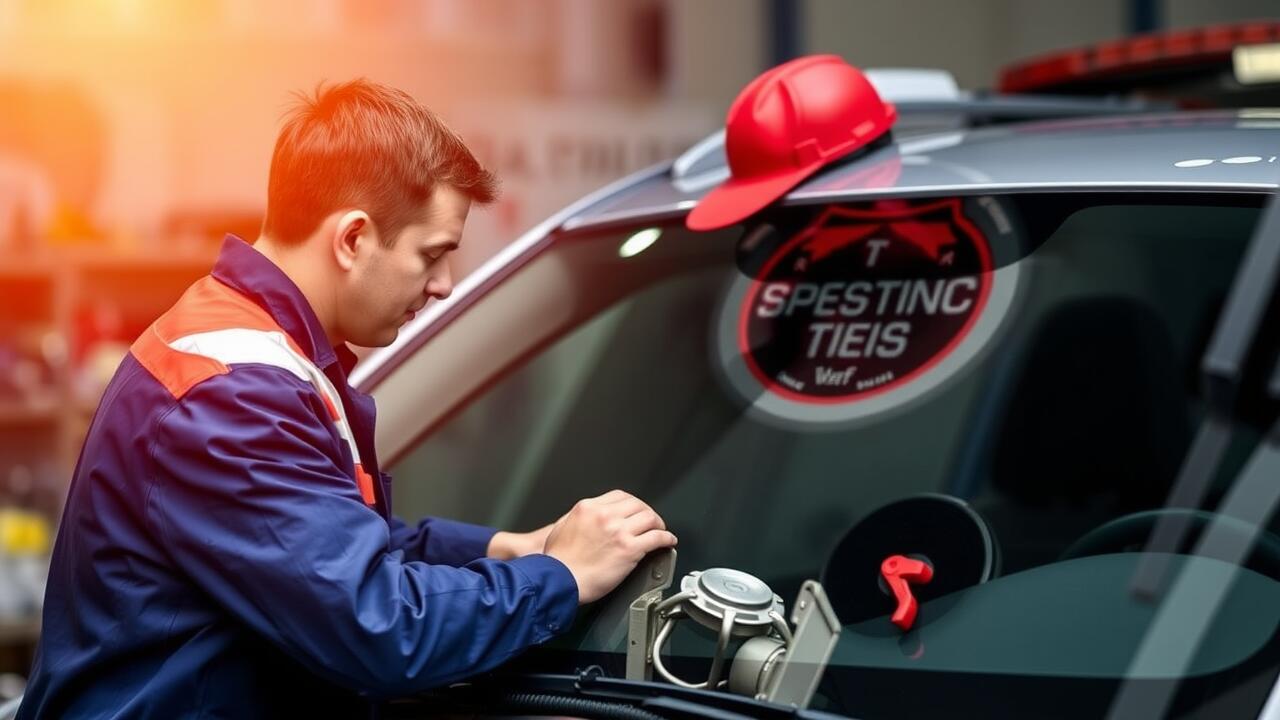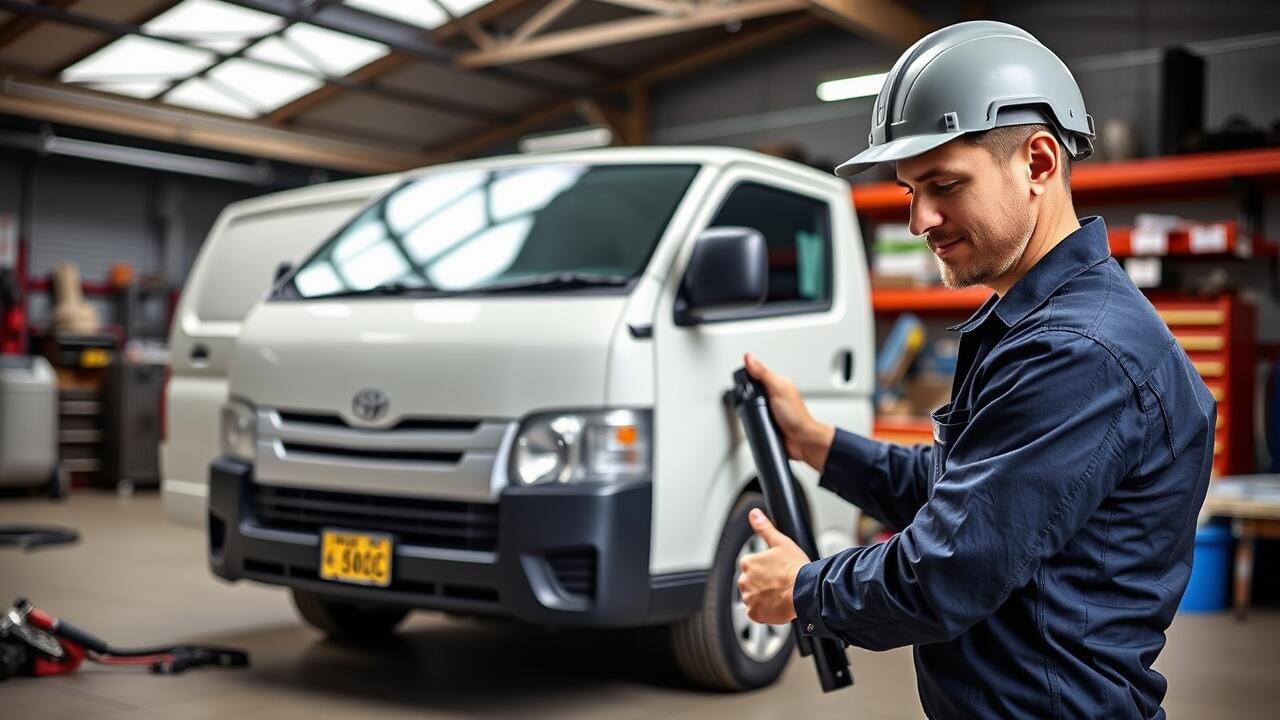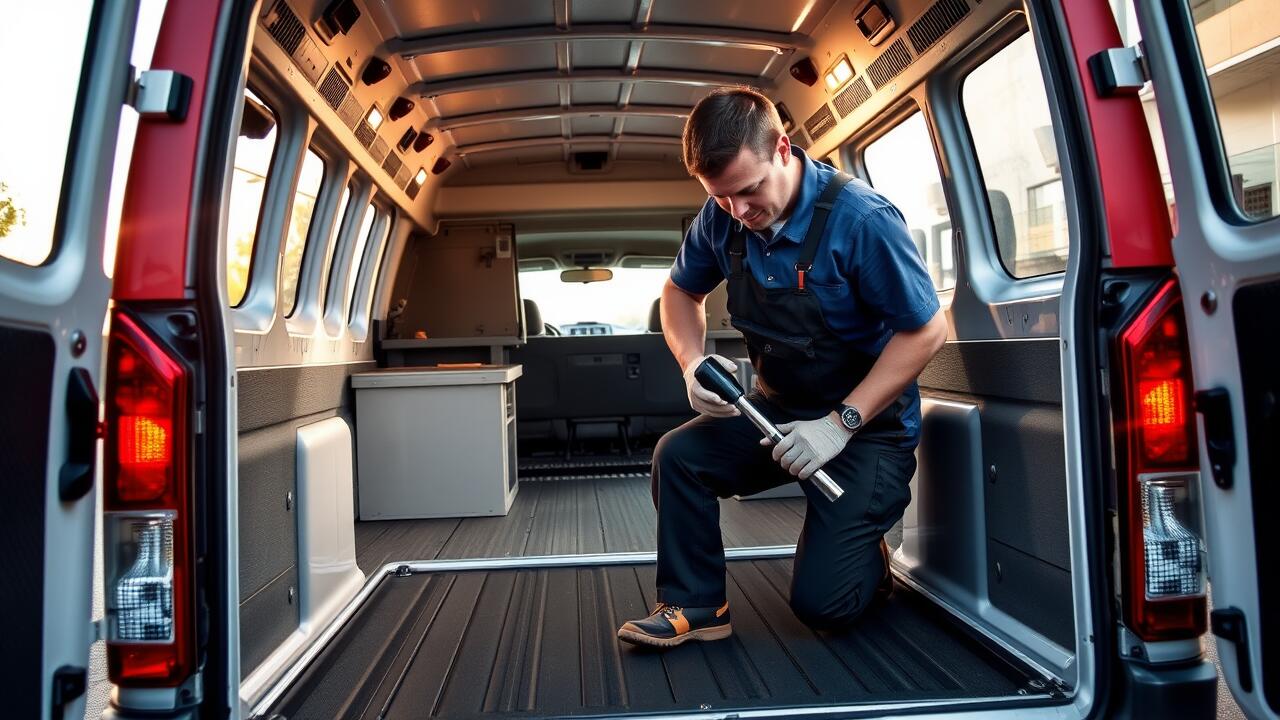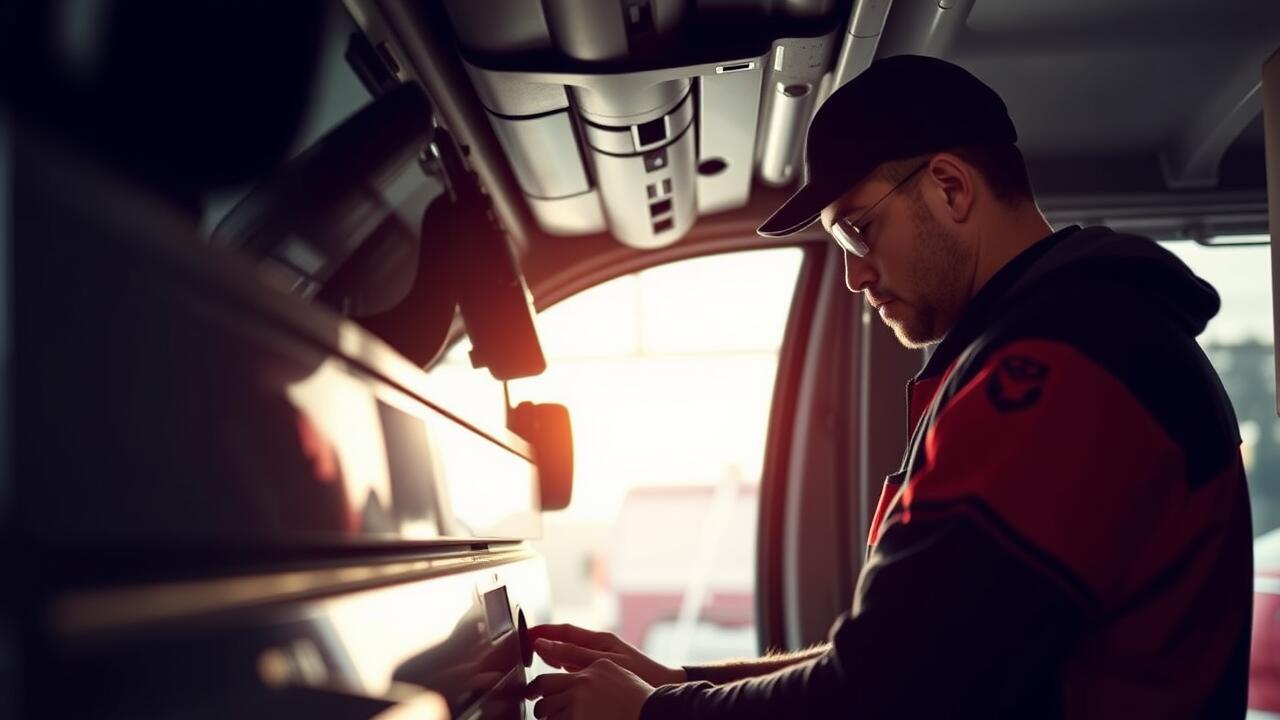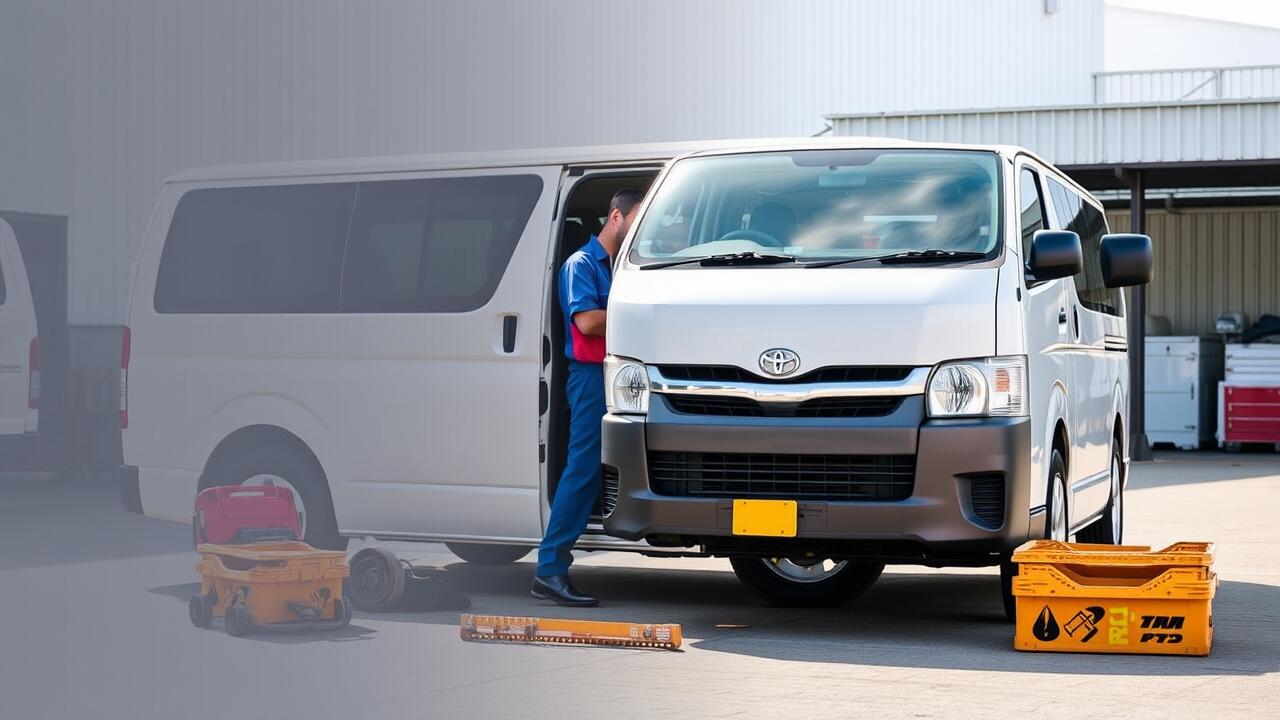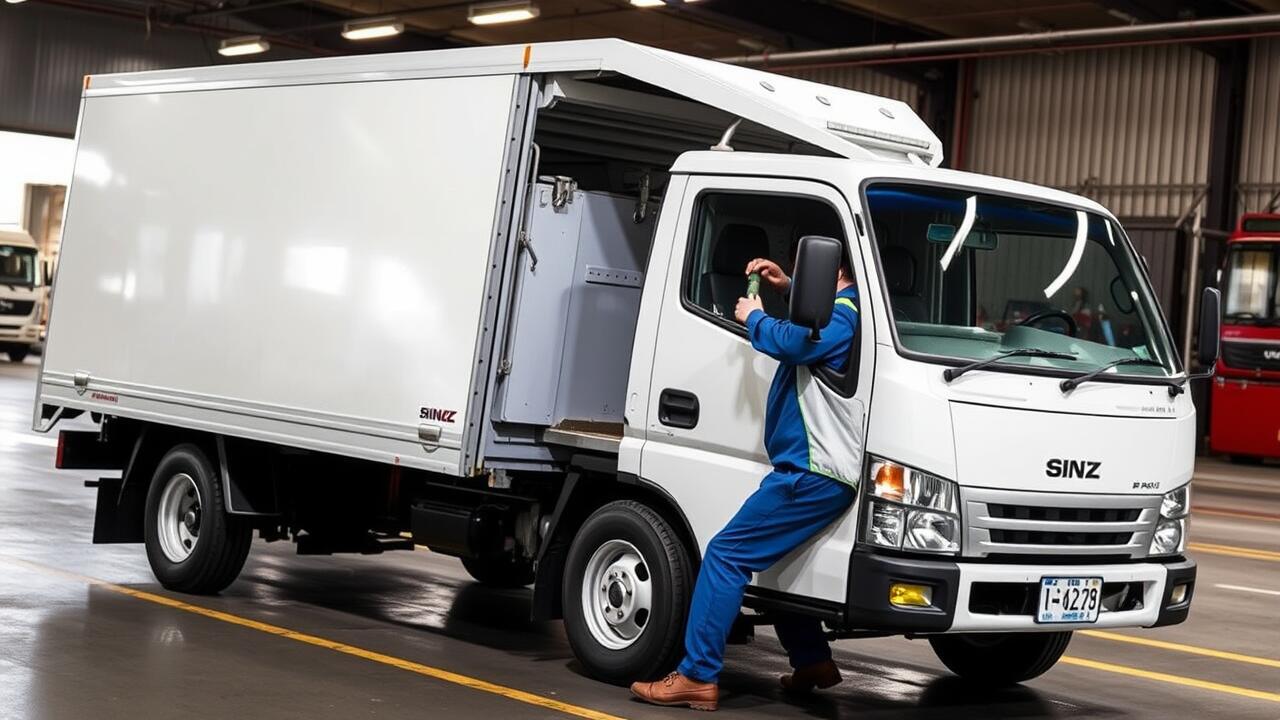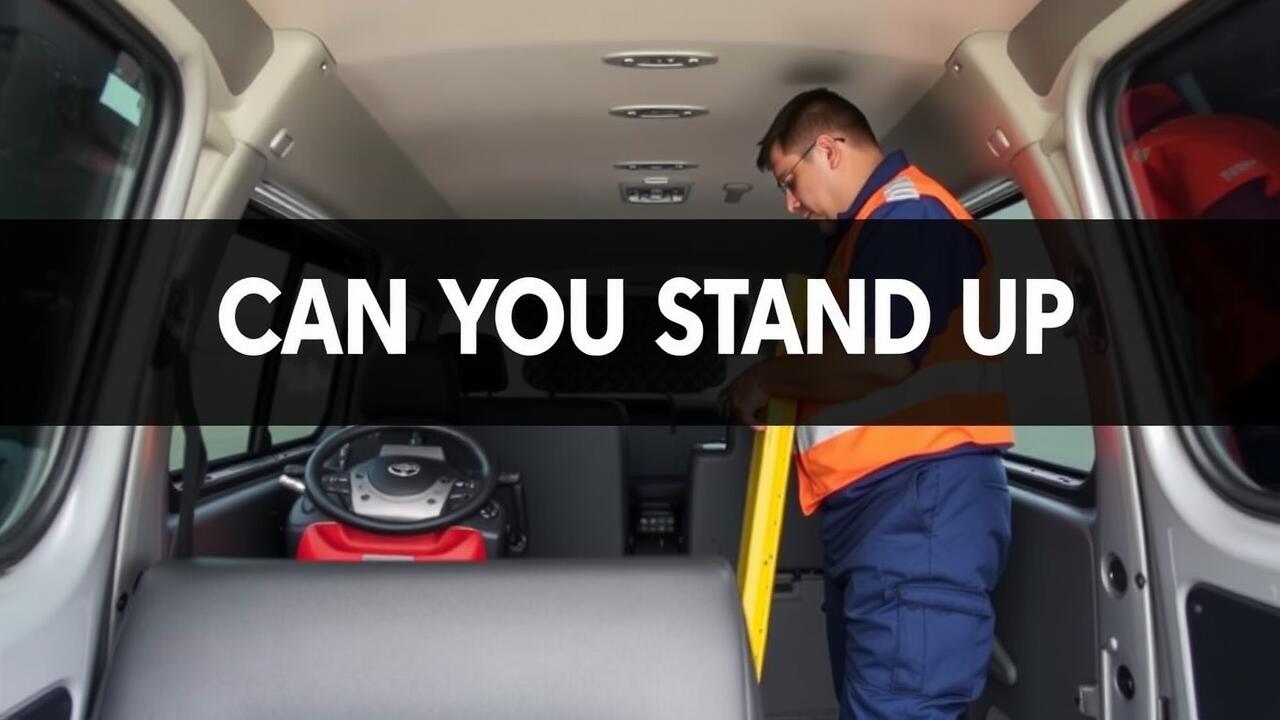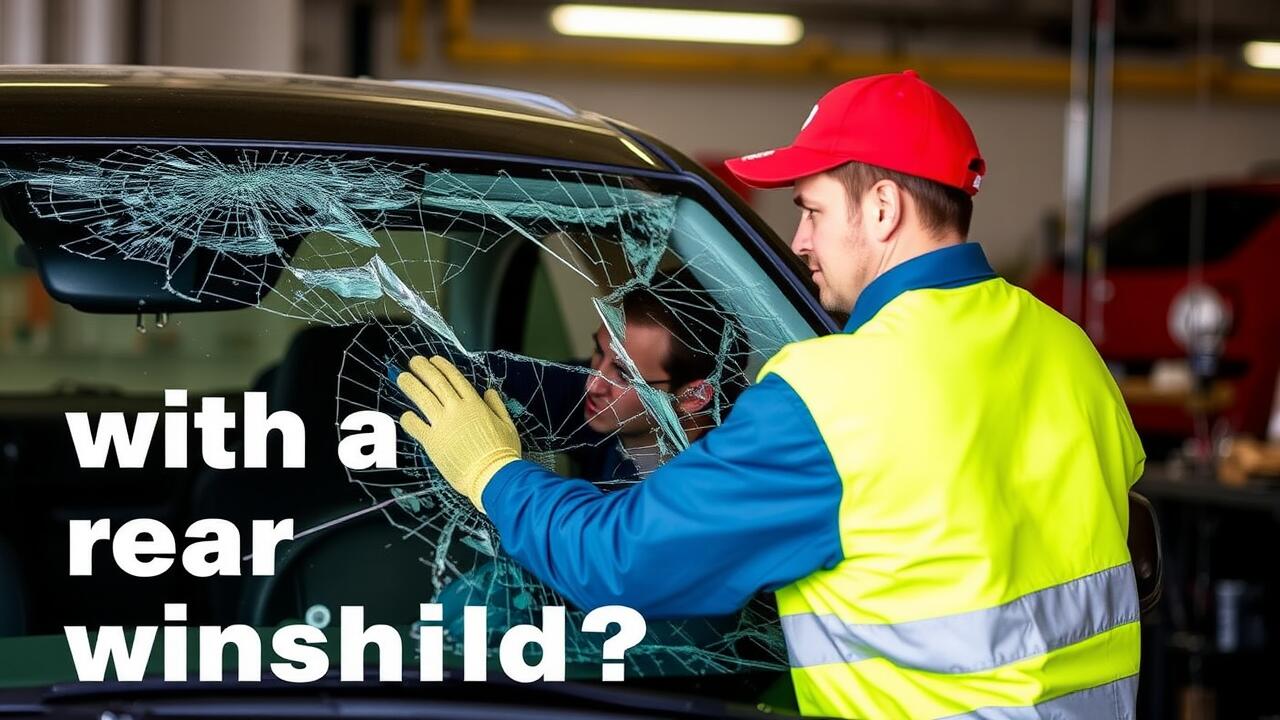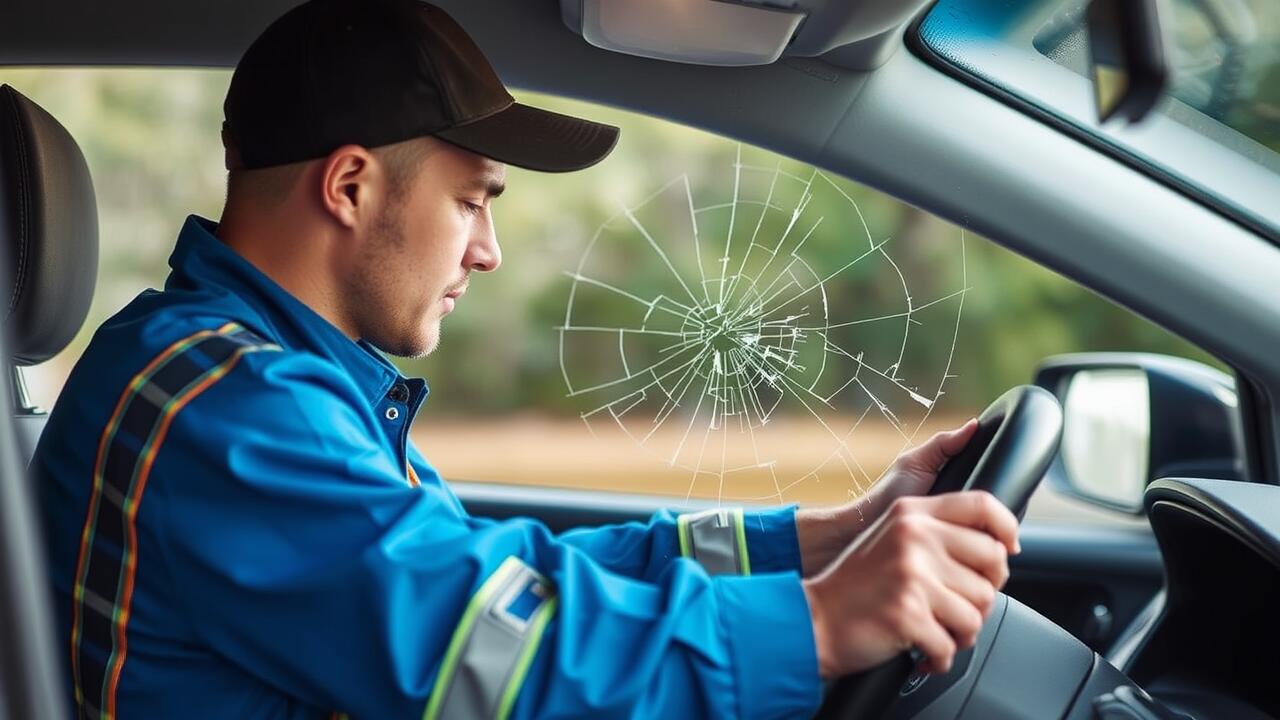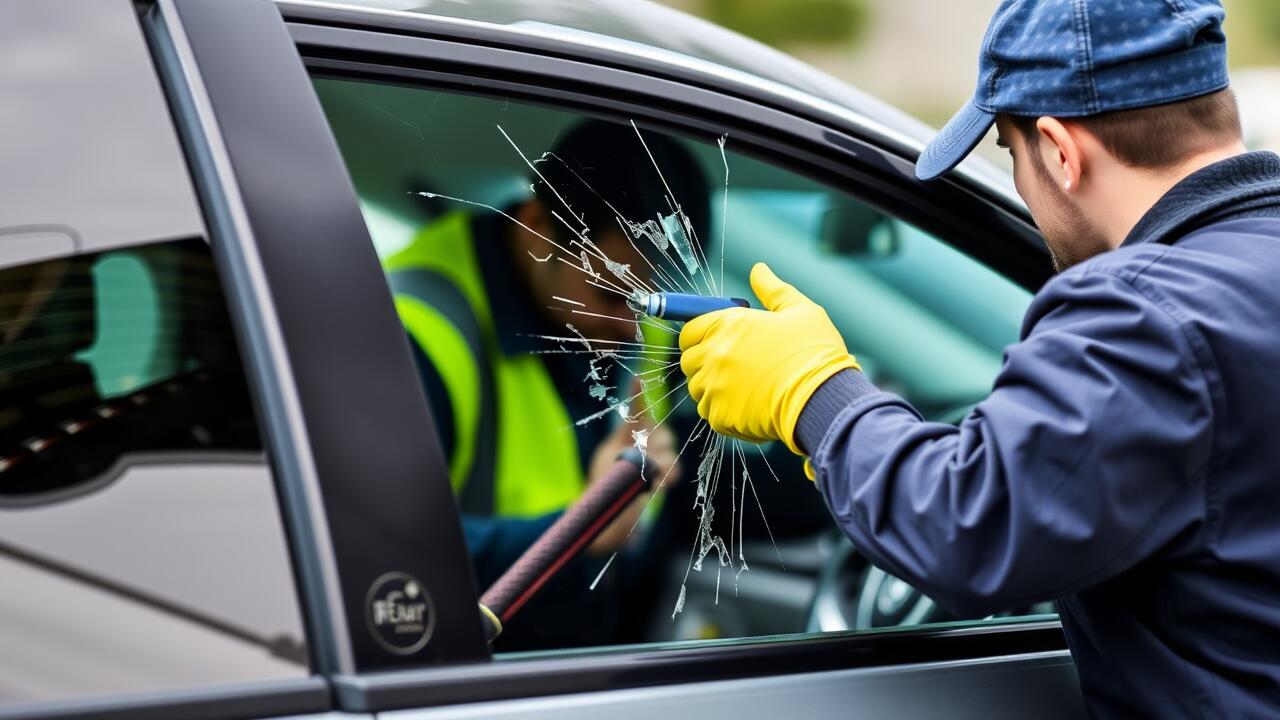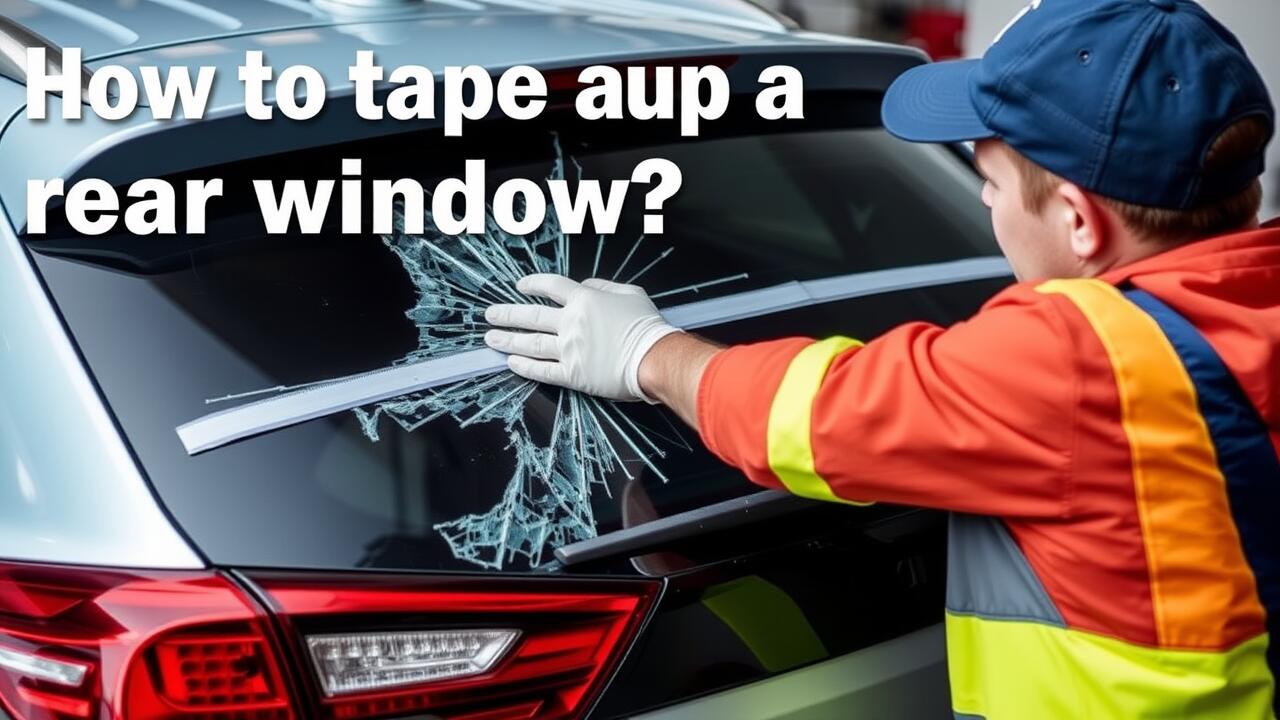
Table Of Contents
Reinforcing the Tape Job
To reinforce the tape job on a broken rear window, it's essential to use a high-quality tape designed for automotive use. Look for options that are weather-resistant and sturdy enough to hold the damaged glass in place. Begin by cleaning the area around the window to ensure proper adhesion. Applying the tape in overlapping strips can provide added strength. Make sure the tape extends beyond the fracture lines to better support the glass and prevent any further breakage.
In addition to the initial tape application, consider adding extra layers for stability. Multiple strips of tape layered in a crisscross pattern create a robust support system for the broken glass. This technique can make a significant difference, especially until you can arrange for a professional rear window replacement. Regularly inspect the tape during use, as environmental factors may weaken its hold over time. Keeping the area dry and free from debris will further enhance the effectiveness of your temporary repair.
Adding Extra Layers for Stability
To enhance the stability of your tape job, applying multiple layers of tape can significantly improve its effectiveness. Start by applying a base layer of flexible tape that can conform to the contours of your window frame. After securing the first layer, continue adding more strips of tape, overlapping each strip by at least half. This layering technique not only helps in creating a more robust bond but also provides extra resistance against elements such as wind and rain.
It's essential to choose a strong tape designed for outdoor use. Duct tape or specialized automotive tape works well, offering durability against wear and tear. If the damage to your rear window worsens, you may eventually need a professional Rear Window Replacement. Until then, taking the time to reinforce your tape job can help prevent further complications during your temporary fix.
Protecting the Interior
When dealing with a broken rear window, protecting the interior of your vehicle is essential. Debris and weather can easily enter through the opening, potentially damaging upholstery and electronics. It is advisable to use a tarp or heavy plastic sheet to cover the interior space around the broken window. Secure this cover using tape to ensure that it stays in place, preventing any moisture or dirt from seeping in until a professional can conduct a rear window replacement.
Moreover, keep an eye on areas around the seat and dashboard where moisture or broken glass might collect. Use old towels or blankets to shield these surfaces from potential damage. For added protection, consider placing plastic containers or bags within the vehicle to catch stray shards of glass. Once the rear window replacement is arranged, these precautionary measures will help preserve the condition of the interior and minimize repair costs.
Preventing Damage to Seats and Electronics
When dealing with a broken rear window, it is crucial to protect your vehicle's interior from potential damage. A shattered window can expose seats and electronic components to environmental elements. To prevent this, you can use plastic sheeting or a tarp to cover the opening securely. Make sure to tuck the edges tightly, ensuring that moisture or debris does not seep in. This step can help maintain the condition of your upholstery and the functionality of any exposed electronics.
Additionally, invest some time in securing any vulnerable components located near the rear window area. Items such as infotainment systems or electrical wiring might be at risk if they come into contact with water or dirt. If a rear window replacement is in your near future, taking these precautions will minimize the risk of incurring additional repair costs. Use soft cloths or blankets to cover sensitive areas inside the vehicle, providing an extra layer of protection until a permanent solution is available.
Driving with a Taped Window
Driving with a taped rear window requires caution. The integrity of the tape can be compromised by factors such as wind and temperature changes, which could lead to further damage to the vehicle or hazards on the road. It is essential to keep the taped area visible and avoid any obstructions to the driver’s line of sight. Visibility is crucial, especially at night or in adverse weather conditions.
While you manage the situation until a rear window replacement can be scheduled, limit any long drives. Stay aware of the wind noise that may increase as speed picks up. A temporary solution may not offer the same protection or comfort as a fixed window. Therefore, it’s advisable to drive at reduced speeds and remain mindful of the vehicle's overall performance during this time.
Safety Considerations on the Road
When driving with a taped rear window, visibility can be compromised, especially under certain lighting conditions. It's essential to be vigilant about your surroundings and maintain a safe distance from other vehicles. Adjust your mirrors to maximize your field of vision and ensure that no obstructions are present. If visibility decreases significantly, consider pulling over until conditions improve.
While a temporary repair can keep out the elements, it is not a long-term solution. A taped rear window is not as structurally sound as glass, which may pose risks in the event of sudden stops or collisions. If your situation allows, prioritize scheduling a rear window replacement to ensure your vehicle's safety features are fully restored. Keep in mind that driving with a compromised rear window may also lead to legal issues in certain jurisdictions, so it's wise to address the issue promptly.
FAQS
What materials do I need to tape up a broken rear window?
You will need strong tape, such as duct tape or packing tape, scissors, and possibly a plastic sheet or cardboard for added reinforcement.
How can I reinforce the tape job for better stability?
You can reinforce the tape job by adding extra layers of tape both vertically and horizontally to create a stronger bond. Ensure the tape adheres well to the edges of the window frame.
How do I protect the interior of my vehicle while taping up the rear window?
To protect the interior, you can cover seats and electronics with blankets or plastic sheets to prevent any glass debris from causing damage or scratches.
Is it safe to drive with a taped-up rear window?
While it's not ideal, you can drive with a taped-up rear window temporarily. However, ensure that your visibility is not obstructed and be cautious of any potential weather conditions.
How long can I keep a taped window before I need to get it fixed?
A taped window is a temporary fix and should be repaired as soon as possible. It's advisable to seek professional help within a few days to ensure your safety and vehicle integrity.
